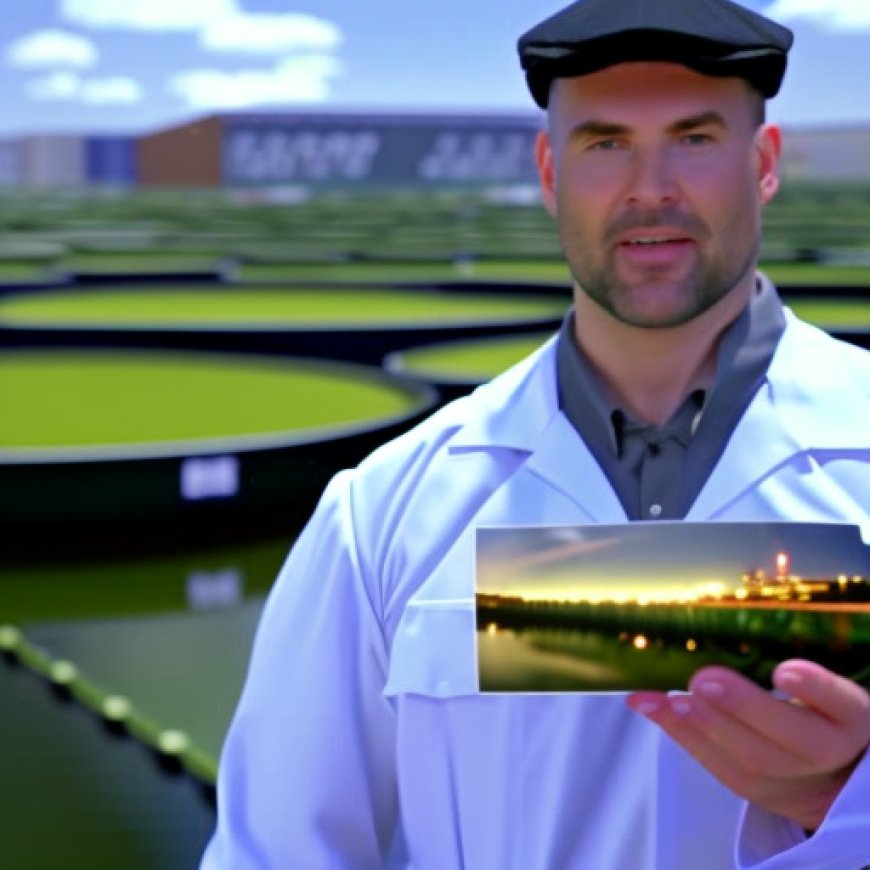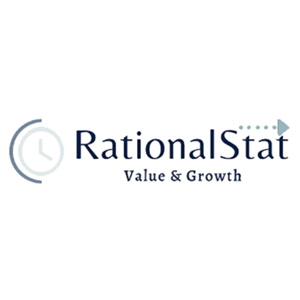Industrial Wastewater Treatment Market to Reach US$ 19.6 Billion by 2030, Driven by Stringent Environmental Regulations and Growing Demand for Sustainable Water Management Solutions | According to RationalStat
Industrial Wastewater Treatment Market to Reach US$ 19.6 Billion by 2030, Driven by Stringent Environmental Regulations and Growing Demand for Sustainable Water Management Solutions | According to RationalStat Yahoo Finance


The Global Industrial Wastewater Treatment Market
Projected to Reach US$ 19.6 billion by 2030

The global industrial wastewater treatment market is projected to reach US$ 19.6 billion by 2030, at a CAGR of 5.3%.
Wilmington, Delaware, Nov. 27, 2023 (GLOBE NEWSWIRE) — Global Industrial Wastewater Treatment Market size is valued at US$ 13.6 billion in 2023 and is predicted to rise at a substantial CAGR of 5.3% during the forecast period of 2023 and 2030 according to RationalStat analysis.

Market Definition, Market Scope, and Report Overview
Rapid industrialization coupled with population growth has doubled the pollution level of water. Unavailability of safe drinking water, and inefficient water and wastewater treatment systems are some of the challenges the world is facing. To overcome these issues, key players are increasing their R&D capabilities to come up with advanced technologies, which would provide more results along with cost savings and fulfill the stringent government norms. They are focusing on the adoption of new technologies such as biological treatment, membrane bioreactors, and activated sludge. They are also focusing on the implementation of ZLD technology to broaden their revenue streams. Most industries treat their effluent on-site before discharging it into a river or sewer. Governments are implementing stringent rules to prevent water pollution, which is fueling the growth of the Industrial wastewater treatment market.
Market Assessment by RationalStat
-
According to a deep-dive market assessment by RationalStat, the industrial wastewater treatment market has been analyzed on the basis of market segments, including chemicals, end user, and geography/regions (including North America, Latin America, Western Europe, Eastern Europe, Middle East & Africa, and Asia Pacific). The report also offers global and regional market sizing for the historical period of 2019-2022 and the forecast period of 2023-2030.
-
Market intelligence for the industrial wastewater treatment market covers market sizes based on market value (US$/EUR Million) and volume (Units) by various products/services/equipment, demand assessment across the key regions, customer sentiments, price points, cost structures, margin analysis across the value chain, financial assessments, historical and forecast data, key developments across the industry, import-export data, trade overview, components market by leading companies, etc.
SDGs, Targets, and Indicators Analysis
1. Which SDGs are addressed or connected to the issues highlighted in the article?
- SDG 6: Clean Water and Sanitation
- SDG 9: Industry, Innovation, and Infrastructure
- SDG 12: Responsible Consumption and Production
- SDG 13: Climate Action
The article discusses the global industrial wastewater treatment market, which is directly related to SDG 6 (Clean Water and Sanitation) as it aims to address the challenges of water pollution and inefficient water and wastewater treatment systems. It is also connected to SDG 9 (Industry, Innovation, and Infrastructure) as it focuses on the adoption of advanced technologies for wastewater treatment. Additionally, the article mentions the importance of responsible consumption and production (SDG 12) in terms of meeting government norms and implementing stringent rules to prevent water pollution. Finally, the article indirectly relates to SDG 13 (Climate Action) as wastewater treatment plays a role in mitigating the environmental impact of industrial activities.
2. What specific targets under those SDGs can be identified based on the article’s content?
- Target 6.3: Improve water quality by reducing pollution, eliminating dumping, and minimizing release of hazardous chemicals and materials.
- Target 9.4: Upgrade infrastructure and retrofit industries to make them sustainable, with increased resource-use efficiency and greater adoption of clean and environmentally sound technologies.
- Target 12.4: By 2020, achieve environmentally sound management of chemicals and all wastes throughout their life cycle.
- Target 13.2: Integrate climate change measures into national policies, strategies, and planning.
Based on the article’s content, the specific targets identified are aligned with the SDGs mentioned above. The targets include improving water quality by reducing pollution and minimizing the release of hazardous chemicals and materials (Target 6.3), upgrading infrastructure and adopting clean technologies for sustainable industries (Target 9.4), achieving environmentally sound management of chemicals and wastes (Target 12.4), and integrating climate change measures into national policies and planning (Target 13.2).
3. Are there any indicators mentioned or implied in the article that can be used to measure progress towards the identified targets?
- Market value and growth rate of the industrial wastewater treatment market
- Adoption of advanced technologies such as biological treatment, membrane bioreactors, and activated sludge
- Implementation of zero liquid discharge (ZLD) technology
- Stringent government regulations and rules to prevent water pollution
The article mentions indicators that can be used to measure progress towards the identified targets. These indicators include the market value and growth rate of the industrial wastewater treatment market, which reflect the adoption of sustainable technologies and practices. The implementation of zero liquid discharge (ZLD) technology is another indicator of progress towards sustainable wastewater treatment. Additionally, the article highlights the importance of stringent government regulations as an indicator of efforts to prevent water pollution and ensure responsible consumption and production.
SDGs, Targets, and Indicators Table
SDGs Targets Indicators SDG 6: Clean Water and Sanitation Target 6.3: Improve water quality by reducing pollution, eliminating dumping, and minimizing release of hazardous chemicals and materials. – Market value and growth rate of the industrial wastewater treatment market
– Adoption of advanced technologies such as biological treatment, membrane bioreactors, and activated sludge
– Implementation of zero liquid discharge (ZLD) technology
– Stringent government regulations and rules to prevent water pollutionSDG 9: Industry, Innovation, and Infrastructure Target 9.4: Upgrade infrastructure and retrofit industries to make them sustainable, with increased resource-use efficiency and greater adoption of clean and environmentally sound technologies. – Market value and growth rate of the industrial wastewater treatment market
– Adoption of advanced technologies such as biological treatment, membrane bioreactors, and activated sludge
– Implementation of zero liquid discharge (ZLD) technologySDG 12: Responsible Consumption and Production Target 12.4: By 2020, achieve environmentally sound management of chemicals and all wastes throughout their life cycle. – Market value and growth rate of the industrial wastewater treatment market
– Adoption of advanced technologies such as biological treatment, membrane bioreactors, and activated sludge
– Implementation of zero liquid discharge (ZLD) technology
– Stringent government regulations and rules to prevent water pollutionSDG 13: Climate Action Target 13.2: Integrate climate change measures into national policies, strategies, and planning. – Market value and growth rate of the industrial wastewater treatment market
– Adoption of advanced technologies such as biological treatment, membrane bioreactors, and activated sludge
– Implementation of zero liquid discharge (ZLD) technology
– Stringent government regulations and rules to prevent water pollutionBehold! This splendid article springs forth from the wellspring of knowledge, shaped by a wondrous proprietary AI technology that delved into a vast ocean of data, illuminating the path towards the Sustainable Development Goals. Remember that all rights are reserved by SDG Investors LLC, empowering us to champion progress together.
Source: finance.yahoo.com

Join us, as fellow seekers of change, on a transformative journey at https://sdgtalks.ai/welcome, where you can become a member and actively contribute to shaping a brighter future.







